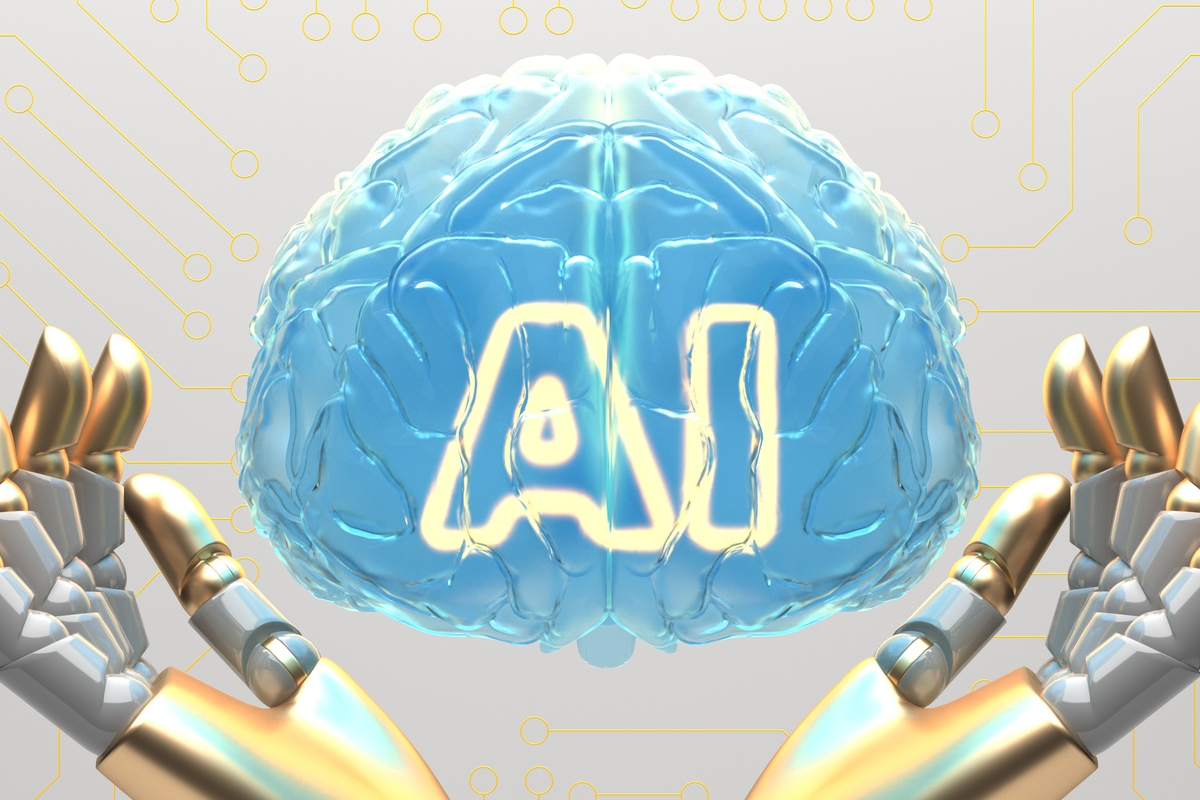
How GPT-3 technology will transform medical data science?
Healthcare-related AI-related topics will become more and more popular. The importance of employing AI to enhance the quality of care, deal with the ever-growing body of digital health data and then use pieces of data to assist physicians in deciding how to treat patients will only increase.
AI technology is making some new advancements. These technologies can now recognize more natural language owing to machine learning. AI applications will become more and more intuitive with the help of speech recognition and enhanced text analysis.
About GPT-3
GPT-3 stands for Generative Pre-trained Transformer 3.
One of the most recent releases in this pipeline, Generative Pretrained Transformer 3 (GPT-3), exhibits human-like logical and mental replies to instructions. Writing essays, responding to challenging inquiries, connecting pronouns to corresponding objects, and doing tone are a few instances. There are still concerns about its application in healthcare, particularly in relation to formalization and implementation in treatment planning. In this position paper, we provide a brief overview of GPT-3 and its capabilities as well as a use case-based discussion of deployment and successful implementation considerations in medical practice.
The introduction of GPT-3 in the US healthcare system is also driven by the various operational variables we discuss below:
(1) Ensuring compliance with the Health Insurance Portability and Accountability Act.
(2) Increasing confidence in medical professionals.
(3) Expanding access to the GPT-3 tools.
This point of view can help clinicians, developers, and decision-makers comprehend how to employ the potent artificial intelligence capabilities incorporated into hospital systems and the healthcare industry.
GPT-3 in healthcare
GPT-3’s sophisticated natural language processing abilities and capacity to evaluate enormous amounts of medical data make it extremely relevant in the field of healthcare. Better patient outcomes may result from quicker, more precise diagnoses as well as a more individualized strategy for therapy. Additionally, this cutting-edge technology can be used to automate operations that were previously carried out by individuals, lowering the possibility of human mistakes and resulting in more precise diagnoses as well as therapies.
The acceptance of GPT-3 in the healthcare industry is driven by three key operational considerations in addition to deployment, as listed below:
- According to the Health Insurance Portability and Accountability Act, GPT-3 must function (HIPAA).
- Healthcare professionals must trust technology providers.
- Access to the tool should be made easier by technology providers.
Technology for data systems and processing requirements:
GPT-3 is significantly larger in terms of memory requirements and is more computationally intensive than more conventional AI models. A scalable solution necessitates specialized hardware for model training and execution, such as graphics or tensor processing units. Any healthcare system may need to make additional infrastructure investments to make up for processing demands.
A GPT-3 solution would probably need to be run as a service because of its size, dependencies, and hardware specifications. The GPT-3 solution service would receive a service request from hospital systems for this service, process the request, and then deliver the results back to the hospital system.
Operating Charges:
Given the existing state of hospital networks and EHR systems, the operationalization of GPT-3 solutions would be expensive and need complicated systems and high levels of technical expertise. Integration with cloud computing platforms within hospital systems is one potential way to lessen the load of GPT-3 deployments. The specialized hardware required to run such models is available from many cloud computing providers, and they are also adept at handling off-the-shelf networking and dynamic load balancing. Key GPT-3 deployment components would be less affected as a lead, yet contracting cloud computing platforms may result in greater running expenses.
Ways to integrate Artificial Intelligence (GPT-3) in healthcare :
By giving the patient faster, more accurate diagnoses and treatments, the integration of artificial intelligence (AI) into healthcare can transform the sector. These innovations do, however, run the danger of disclosing private medical information to external individuals. As patients entrust healthcare providers with their personal and medical information, privacy is a big problem in the industry. Many patient records must be accessed in order to deploy GPT-3, and these records could be compromised or used without authorization. Moreover, AI algorithms could reinforce current healthcare prejudices, resulting in differential treatment for particular patient groups.
The outcomes for patients could be considerably enhanced by the integration of AI, in particular GPT-3. Yet, it must be carried out with regard to patient privacy and moral principles. The healthcare sector needs to reconcile the advantages of AI with the requirement to safeguard private patient data.
Conclusion :
In this perspective, we provide a brief overview of GPT-3 and its capabilities as well as an outline of the factors to take into account while implementing and operationalizing it in clinical practice.
We provide suggestions for using and trying to quantify GPT-3 in clinical practice, drawing on what Korngiebel and Mooney have said about use cases that are idealistic, plausible, pragmatic, and difficult. We are confident that the information provided by our work will help clinicians, decision-makers, and those who work in the healthcare industry better understand how to employ the potent AI technologies that have been incorporated into hospital systems.
